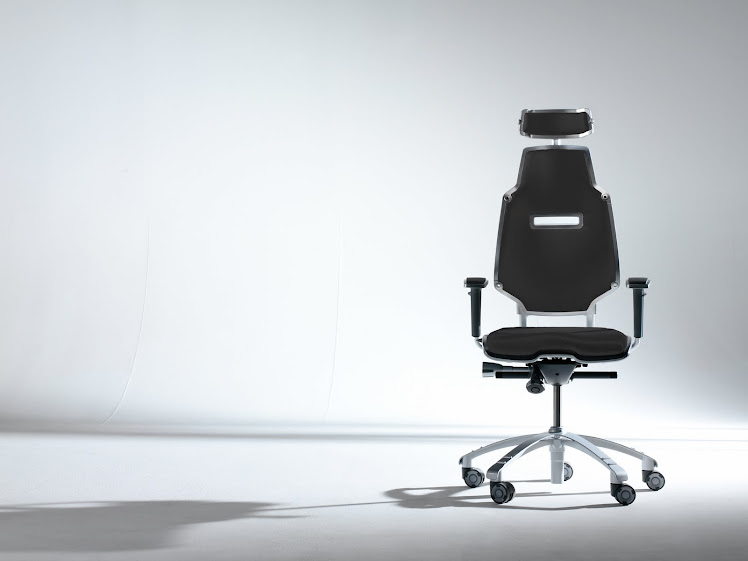from SafetyAtWorkBlog by jonesk99@gmail.com (Kevin Jones)
Scandinavia has been the region of choice for many OHS and industrial relations reforms but now something has come from the other side of the world, New Zealand, which should excite OHS professionals.
The Department of Labour (DoL) has released a “self-help diagnostic tool” to identify safety culture. The DoL Workplace Services Group Manager, Maarten Quivooy, says
“One of the best ways to improve a safety culture is to start measuring it. This tool gives businesses the guidance they need to understand what’s working well and where there is room for improvement…
“It can be used by any industry or business that is motivated to improve its health and safety performance. Ultimately it will help a business make a start diagnosing its culture and, most importantly, planning for change. Building a better safety culture builds a better business.”
The basis of the tool is a short survey which includes 24 simple questions that will generate important discussions individually but could provide a fairly decent indication of a company’s safety culture if the workplace honestly completes it. One early indication of a safety culture is likely to come from the willingness of workers to even participate in the survey.
But this program is not just a “fill and fling” process. DoL provides a very good introduction to coaching which could be a marvellous primer to OHS professionals who have come from an engineering background and are more comfortable with interlocks and cogs than human interaction, but also to those confused paymasters in smaller companies who have had safety “dumped” on them.
Any work on safety culture must be undertaken when a workplace is ready for it. Introducing a safety culture survey while workers continue to be injured or the company has a blasé attitude to OHS may anger the workforce by the survey being perceived as not addressing the more important issues of machine guarding or manual handling. (This has often also been the downfall of many Behaviour-Based Safety attempts)
The DoL User Guide includes a section on getting ready for the survey which clearly states the conditions needed for a receptive workforce:
“Improving safety culture is not an overnight process, nor a silver bullet to all your health and safety problems. It requires sustained commitment and action across a number of parts of your workplace.
How ready your workplace is relates to:
* the state of your health and safety systems
* the condition of your tools, plant and protective equipment
* how open the business is to making changes
* a workplace’s capacity to resource actions (i.e. time, people and money)
If these fundamentals need improvement, you are best to focus on these before tackling safety culture. That doesn’t mean your health and safety approach needs to be perfect before you can focus on your safety culture, but it is worth thinking about where the most pressing areas of improvement are from the outset.”
The NZ DoL should be applauded for helping companies who already know there is “something wrong” with their culture but do not know how to begin. This survey and guide is a terrific start.

No comments:
Post a Comment